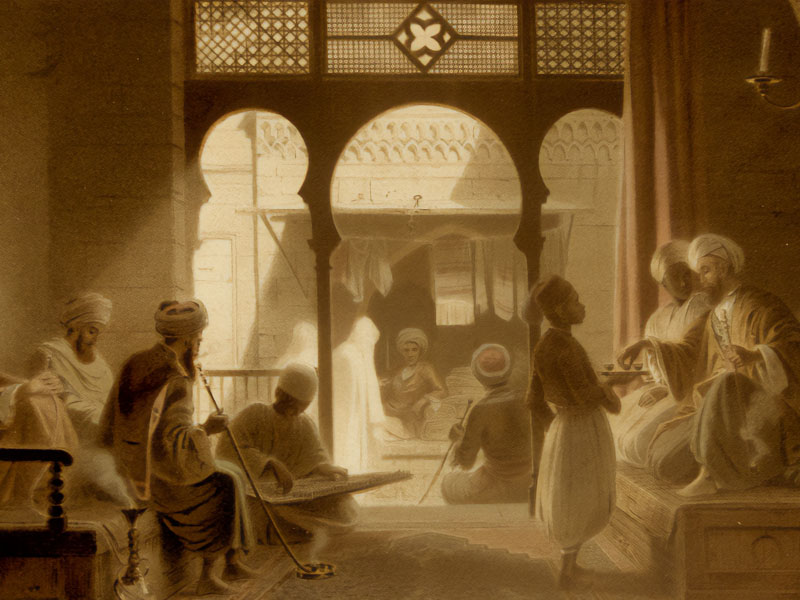Folk literature in the Mamluk age
Issue 30

Najiyyah Fayiz Al Humud
Palestine
Zajal is a folk art that dates back to the Andalusian era. It spread to other Arab regions such as Egypt and the Levant and was adapted to the environment’s requirements and needs. Poets employed Zajal in their poems, developing it and using it for different purposes.

This paper discusses the concept of Zajal, its evolution and the main reasons behind its development in the Mamluk age. The paper also describes Zajal’s
themes, including love, descriptions of nature, wisdom, eulogy, and elegy. A considerable part of the discussion is devoted to love poetry, because it is the most common theme.
Other types of folk poetry that were popular during the Mamluk age include Quma, Kan Kan and Al Baliq, but there is not enough space to discuss them here, and they merit their own studies.
This study used the integrated method, which focuses on the study of the phenomenon, its evolution and its history, then looks at and analyses examples from this era. Historians agree that Zajal originated with Ibn Qazman, who established the rules.
There were two types of Andalusian Zajal: the popular Zajal; and the Zajal of Standard Arabic poets. The popular Zajal can be found in vernacular folk songs that are sung frequently, and that reflect people’s opinions, beliefs, ethics and psychology. The poets’ Zajal, (poets composed this kind of Zajal to increase their popularity), emerged after the popular Zajal.
The Berbers’ rule in North Africa and Andalusia and the Moguls’ and Mamluks’ rule in Eastern Arabia contributed to the spread of Zajal in the Mamluk age.







































































